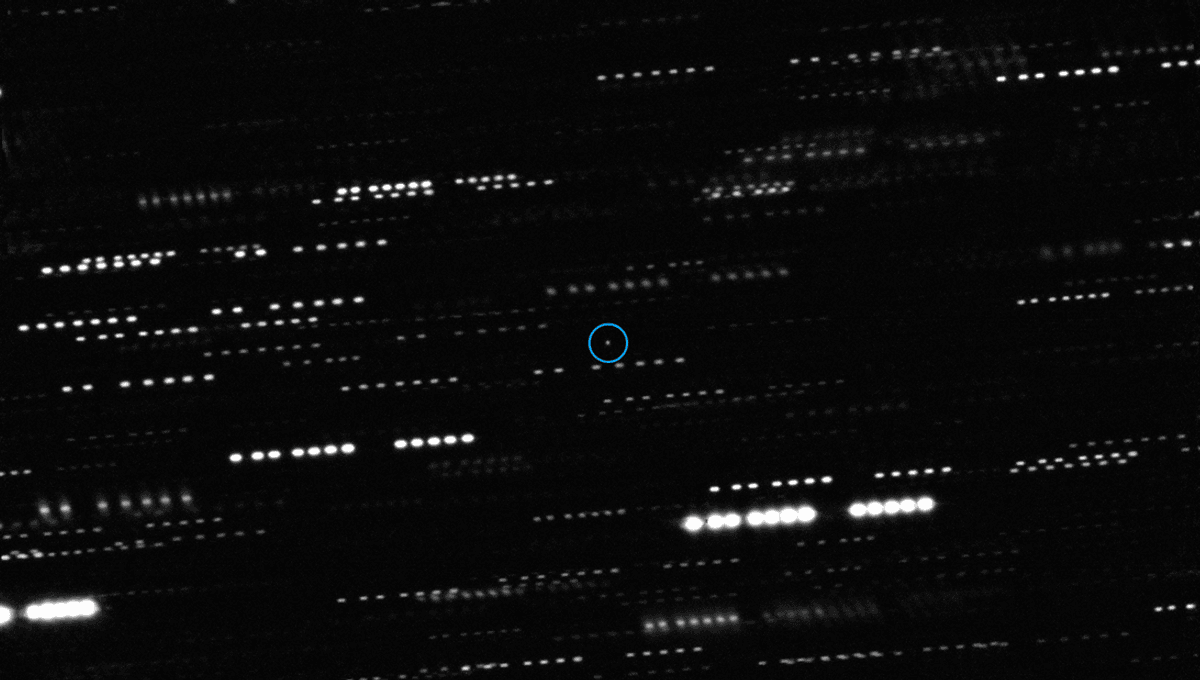
Avi Loeb, the sometimes controversial Harvard physicist who believes aliens may have visited the Solar System, spent last month searching the Pacific Ocean for remnants of an interstellar object.
The team was on the hunt for an object known as CNEOS 2014-01-08, or sometimes Interstellar meteor 1, which flew over Papua New Guinea in 2014. The speed and trajectory of the object made some scientists suspect that it might be interstellar in origin. In 2022, US Space Command declassified data and announced that they had confirmed that this was correct.
The Galileo Project at Harvard, dedicated to locating alien techno-signatures, attempted to recover remnants from the object using a powerful magnet to sweep the ocean floor, assuming it to be rich in iron. The team claims to have found around 700 “spherules” during the expedition. Fifty-seven of these have now been analyzed, with the results presented in a preprint paper, which has not yet been peer reviewed.
According to Loeb, composition analysis performed by the team “showed a composition pattern of elements from outside the solar system, never seen before.” Spherules found along the presumed path of the object were heavy in beryllium (Be), lanthanum (La), and uranium (U), a pattern that cosmochemist Stein Jacobsen named BeLaU.
“The measured abundances of heavy elements beyond lanthanum are consistently well beyond those of the solar system standard of CI chondrites, suggesting that ‘BeLaU’-spherules originated from outside the solar system,” Loeb wrote in the blog piece accompanying the paper. “The source had a very low content of elements with affinity to iron, such as Rhenium (Re). The birth site of IM1 could have been a differentiated crust of an exo-planet with an iron core and a magma ocean.”
As undeniably cool as it would be to have found fragments of an interstellar object, Loeb of course went one step further and threw out the (incredibly unlikely) possibility of alien involvement.
“A more exotic possibility is that this unfamiliar abundance pattern, with uranium being nearly a thousand time more abundant than the standard solar system value, may reflect an extraterrestrial technological origin,” Loeb added. “These interpretations will be considered critically along with additional results from spherule analysis in future work.”
This speculation is par for the course for Loeb, who has irritated fellow physicists with outlandish claims that the interstellar object ‘Oumuamua was in fact an alien space probe, propelled by radiation from starlight.
“People are sick of hearing about Avi Loeb’s wild claims,” astrophysicist at Arizona State University Steve Desch told the New York Times in July, after Loeb floated the idea that CNEOS 2014-01-08 could be technological in origin. “It’s polluting good science – conflating the good science we do with this ridiculous sensationalism and sucking all the oxygen out of the room.”
The paper – and future analysis of the collected spherules – will be subject to peer review, and could yield some exciting science. But any claims of alien technology, until extraordinary proof is presented, should be taken with a Pacific Ocean of salt.
The preprint paper is published on Harvard’s website.
Source Link: Harvard Team Claims They Have Recovered Pieces Of An Interstellar Object